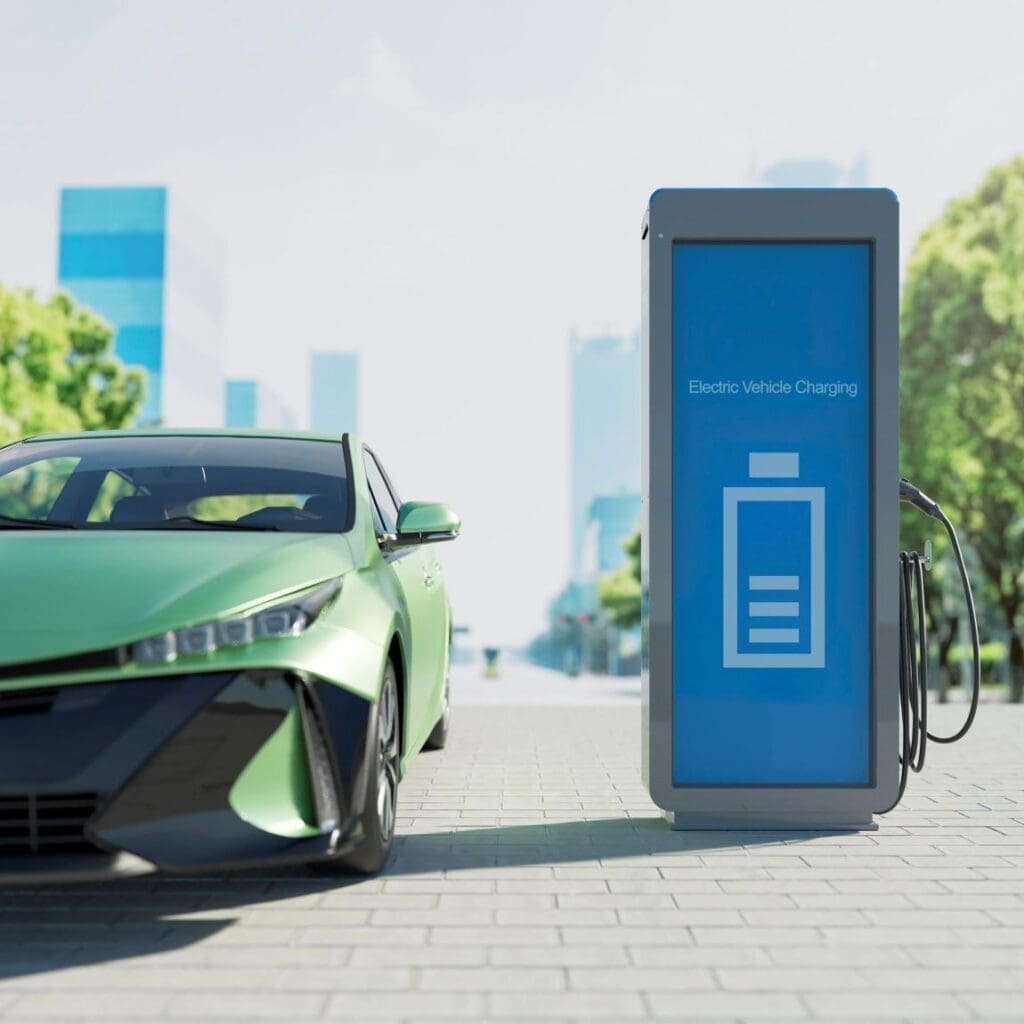Starting on 27 January 2025, a relentless series of storms brought extreme rainfall to western France, leading to the worst flooding in decades across Ille-et-Vilaine and Loire-Atlantique. Storm Ivo, the latest in a trio of major storms that struck within a week, followed Storms Eowyn and Herminia, overwhelming rivers and flood defenses across the region.
The Vilaine basin and its tributaries experienced severe flooding, with overflow occurring in the Seiche and Vilaine rivers. Redon, a town situated at the confluence of two rivers, a canal, and marshlands, has been particularly hard hit, submerged for several days. The Vilaine river’s water levels are nearing those recorded in the devastating 2001 floods, with further rises expected, according to the French flood monitoring agency, Vigicrues.

On 29 January 2025, the French Interministerial Crisis Management Operational Centre activated the Copernicus Emergency Management Service (CEMS) to assist in flood monitoring and response efforts. The emergency mapping service (EMSR788) has provided detailed flood extent visualizations, helping authorities track the evolution of inundated areas between 31 January and 5 February. This satellite-based data, illustrated in blue tones, offers critical insights into the scope of the disaster and aids in planning evacuation and relief efforts.
More than 1,600 residents have been forced to flee their homes, and emergency services remain on high alert as meteorologists warn of additional rainfall that could worsen the crisis. Météo France has maintained red flood warnings across three departments in Brittany: Ille-et-Vilaine, Loire-Atlantique, and Morbihan. Officials stress that the combination of saturated ground and overflowing rivers poses a continuing risk to communities, infrastructure, and farmland.
Copernicus satellite data, in conjunction with national weather and crisis management agencies, plays a crucial role in flood response and recovery. By providing near-real-time monitoring of the event, these resources support decision-makers in coordinating relief efforts and implementing mitigation measures to safeguard affected populations.
Featured image credit: European Union, Copernicus Emergency Management Service Data



